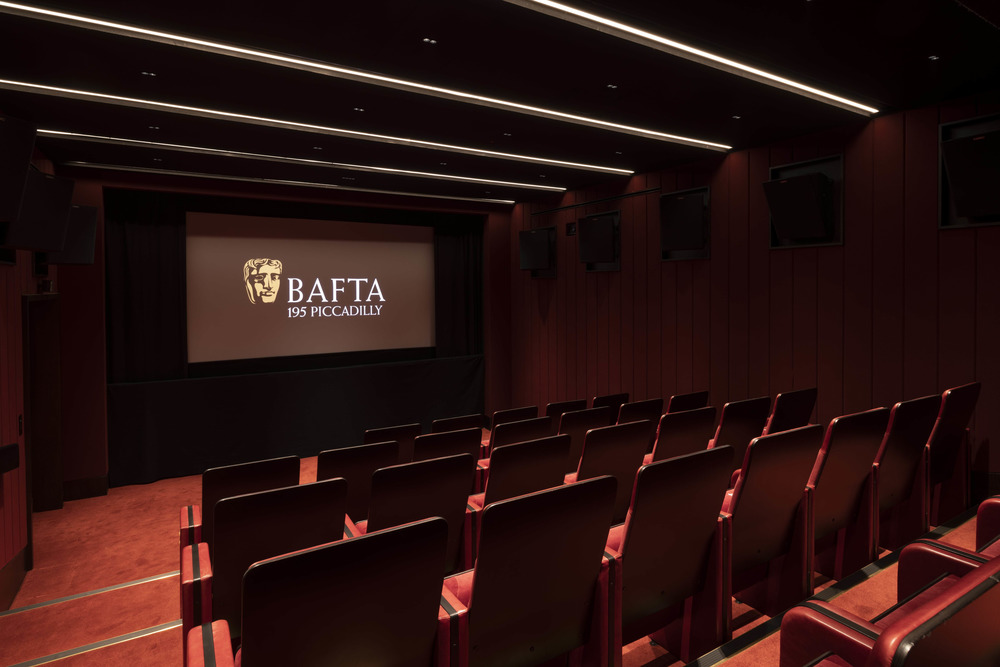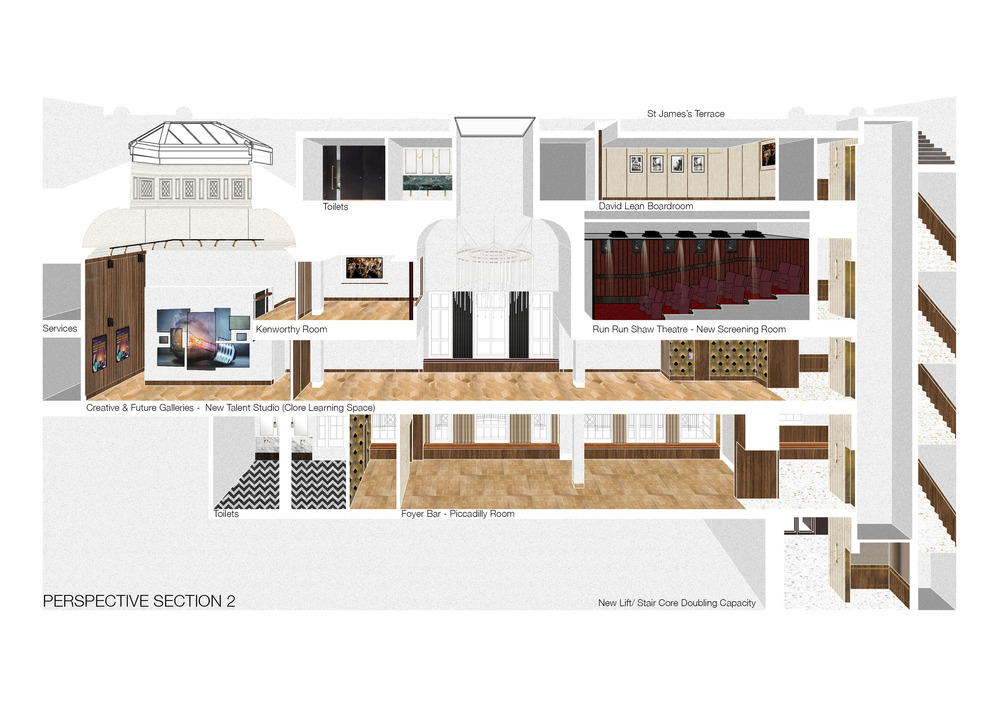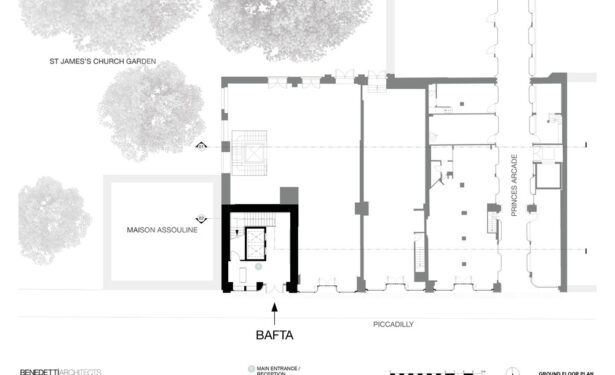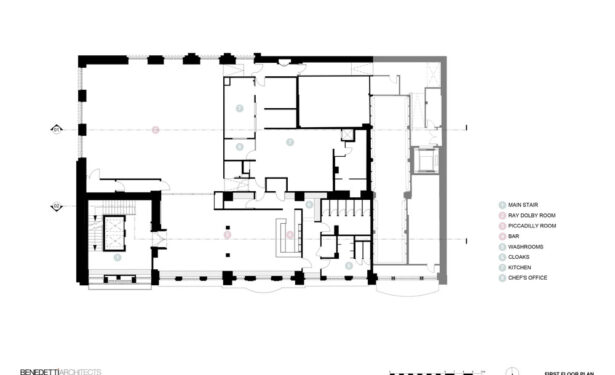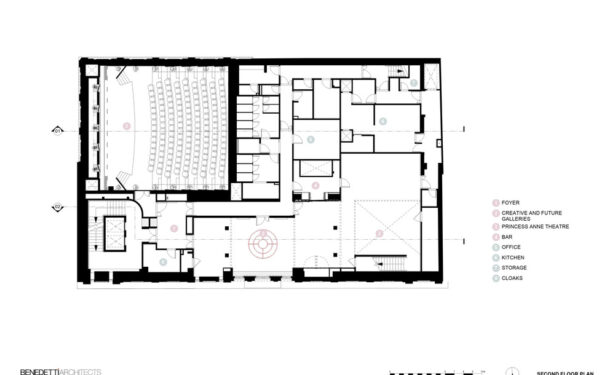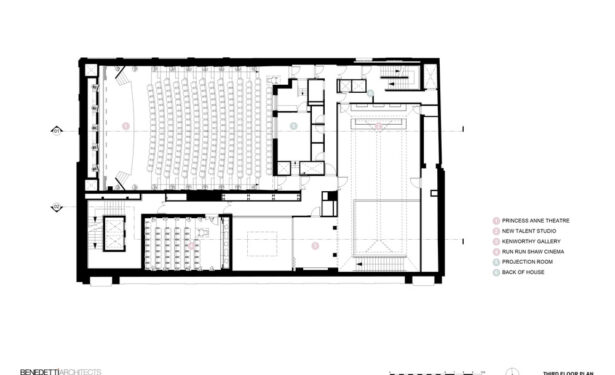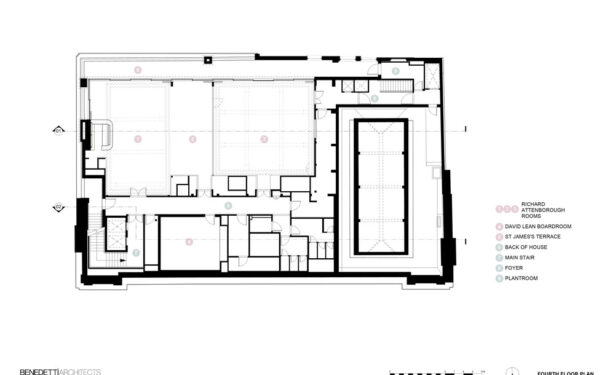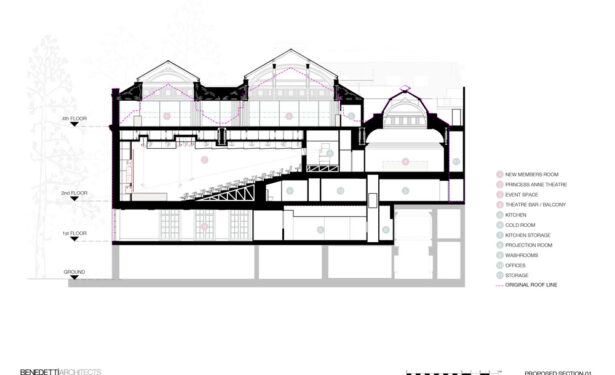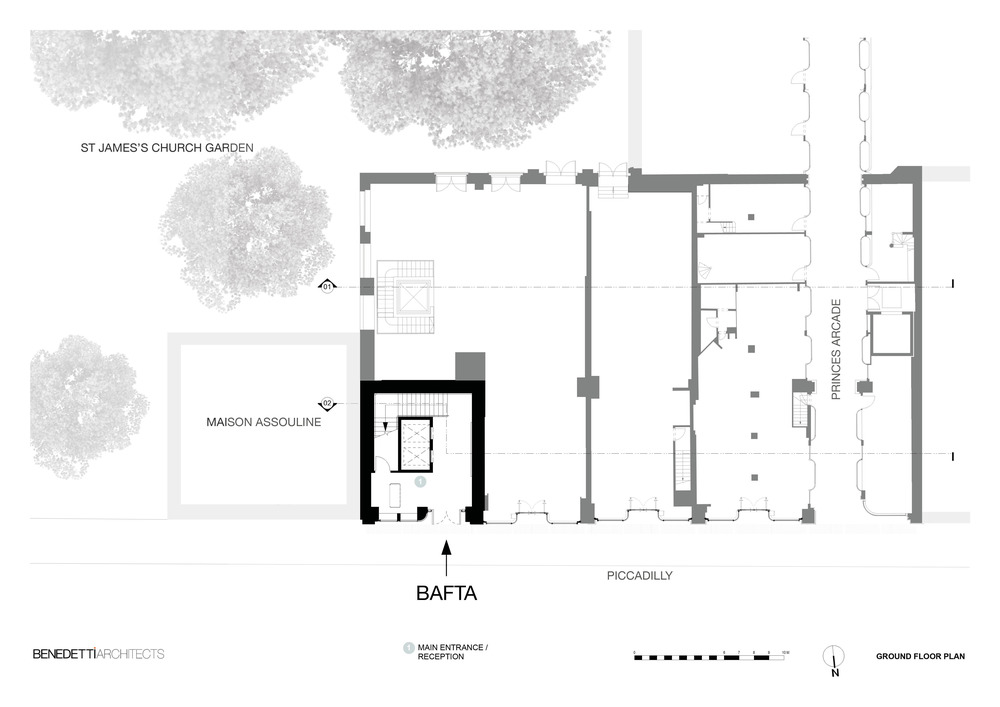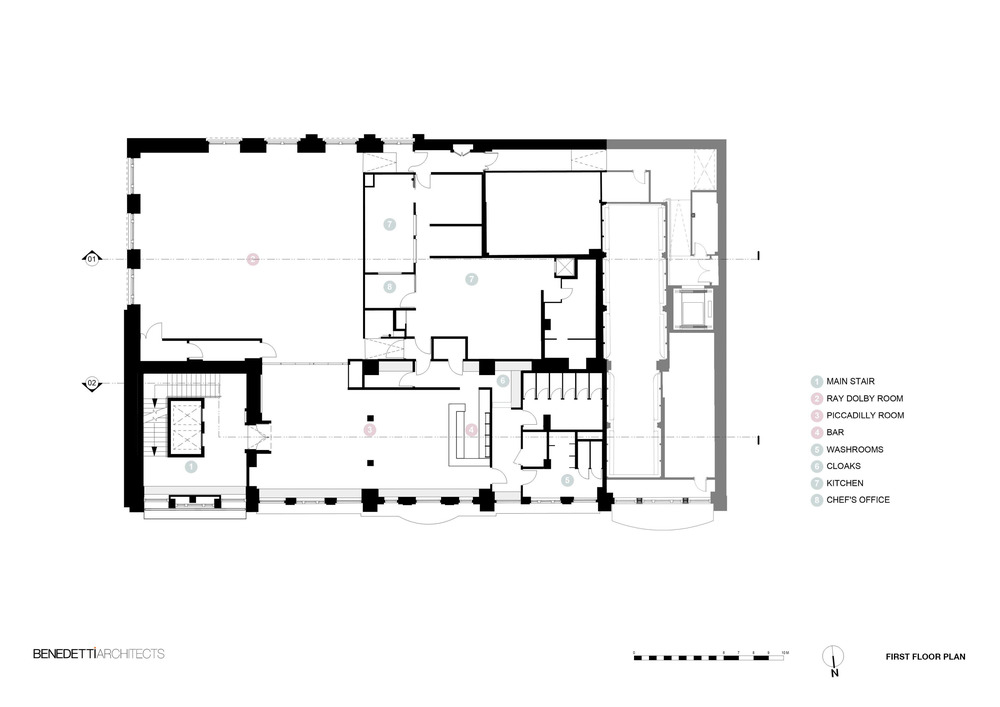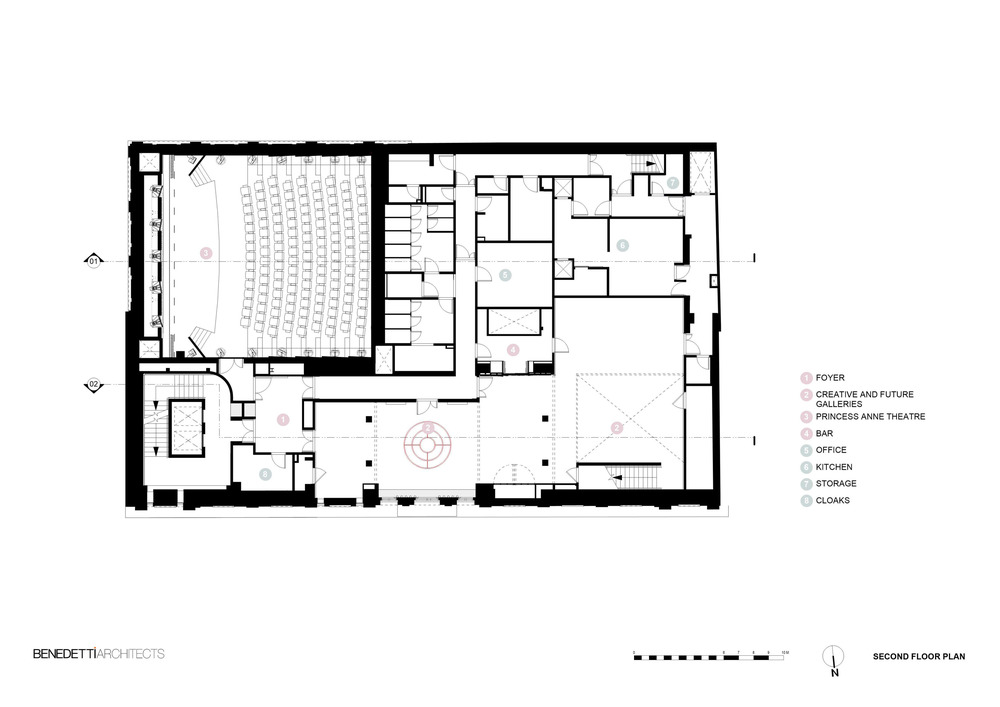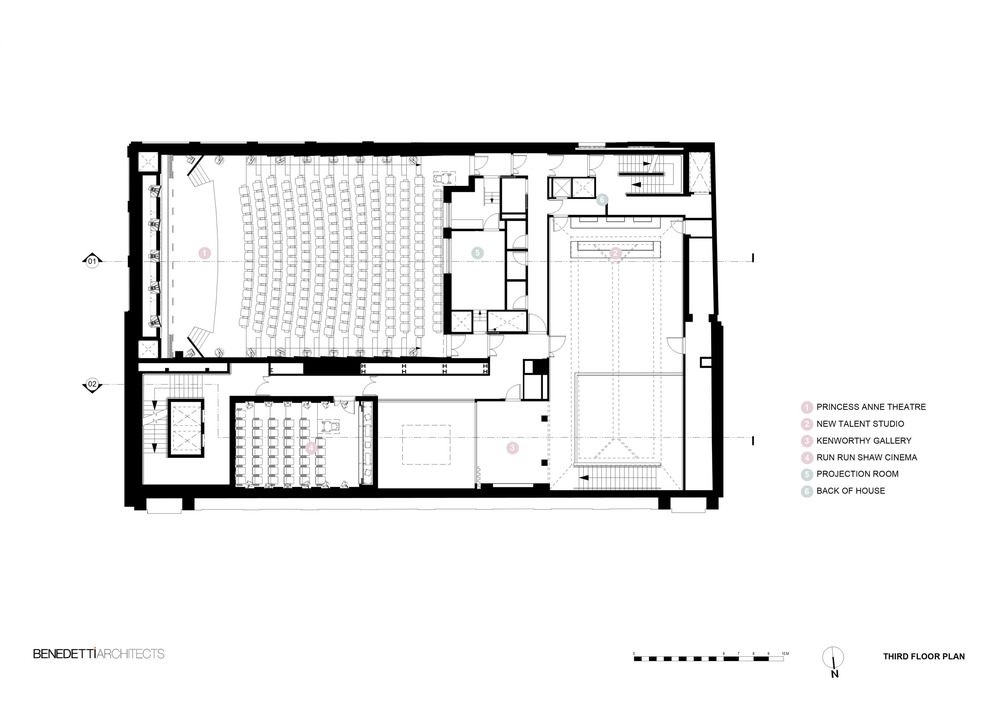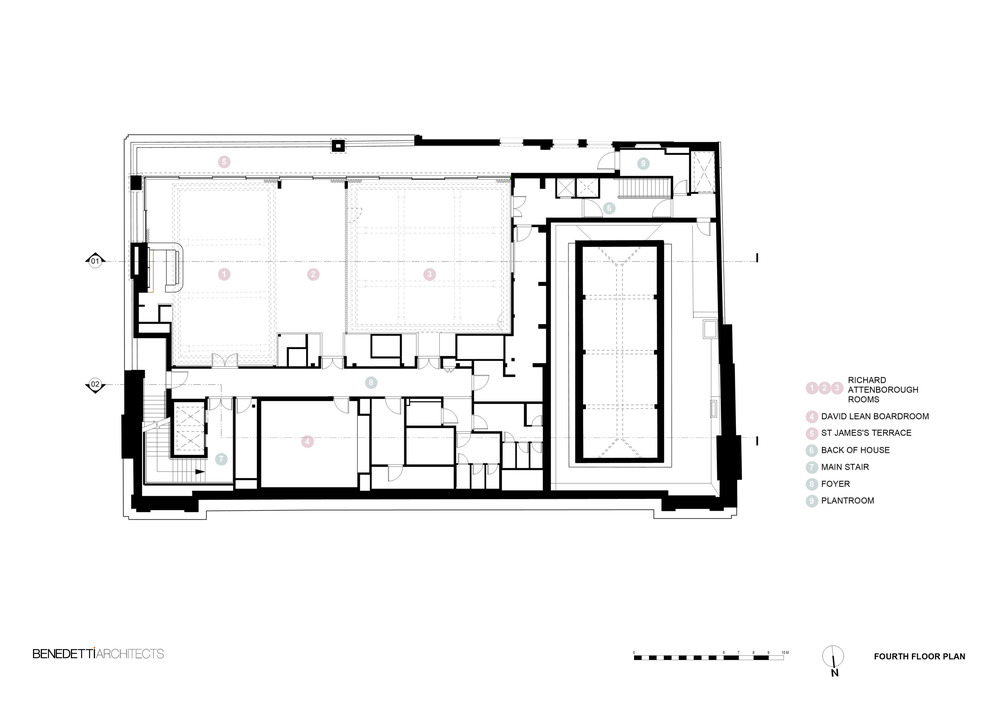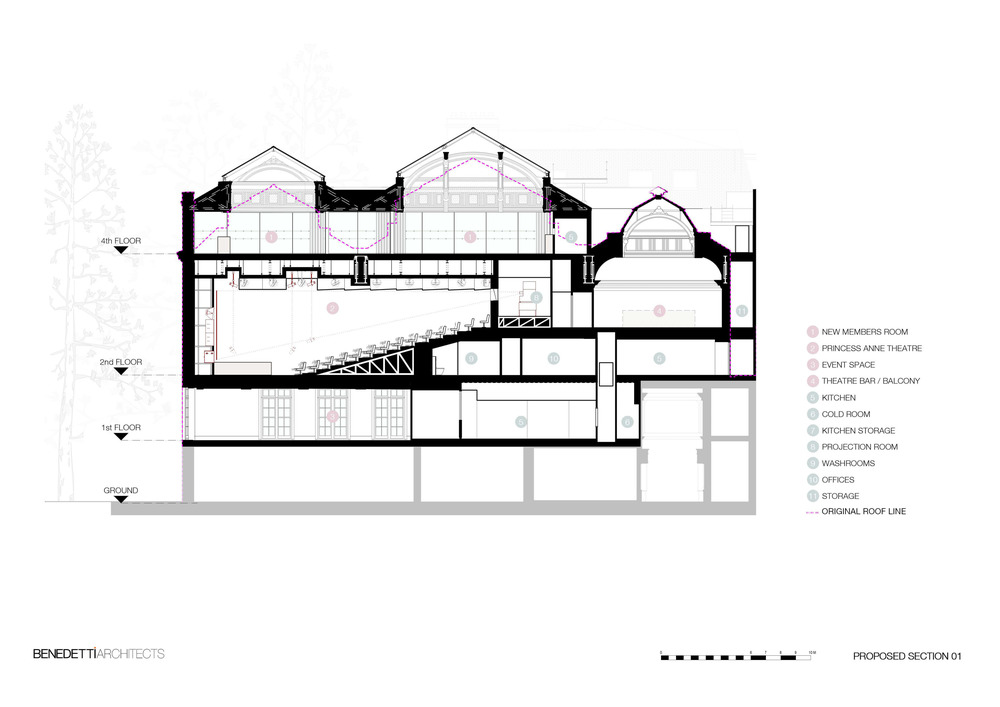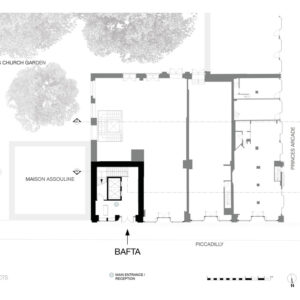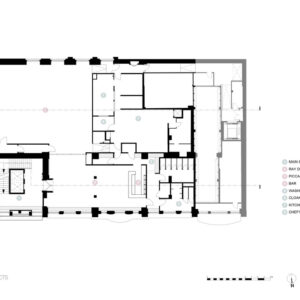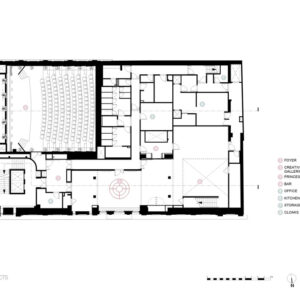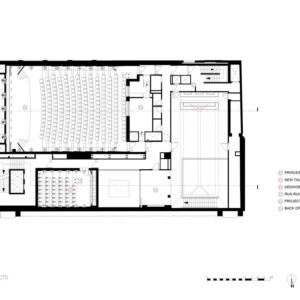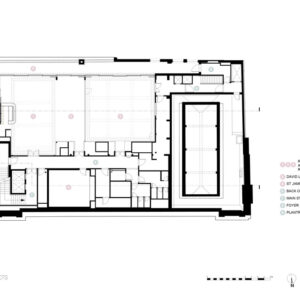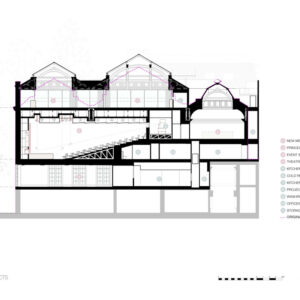- 17 July 2023
- 1490 defa okundu.
BAFTA Headquarters
Benedetti Architects unveils the comprehensive expansion and re-design of BAFTA’s Grade II listed headquarters, enhancing its international identity as the centre of excellence for motion picture arts in Film, Games, and Television; integrating innovative state-of-the-art technology and cost-in-use efficiency, while sensitively balancing members’ needs with public access and revenue generation, ensuring the charity’s long-term social, environmental, financial sustainability.
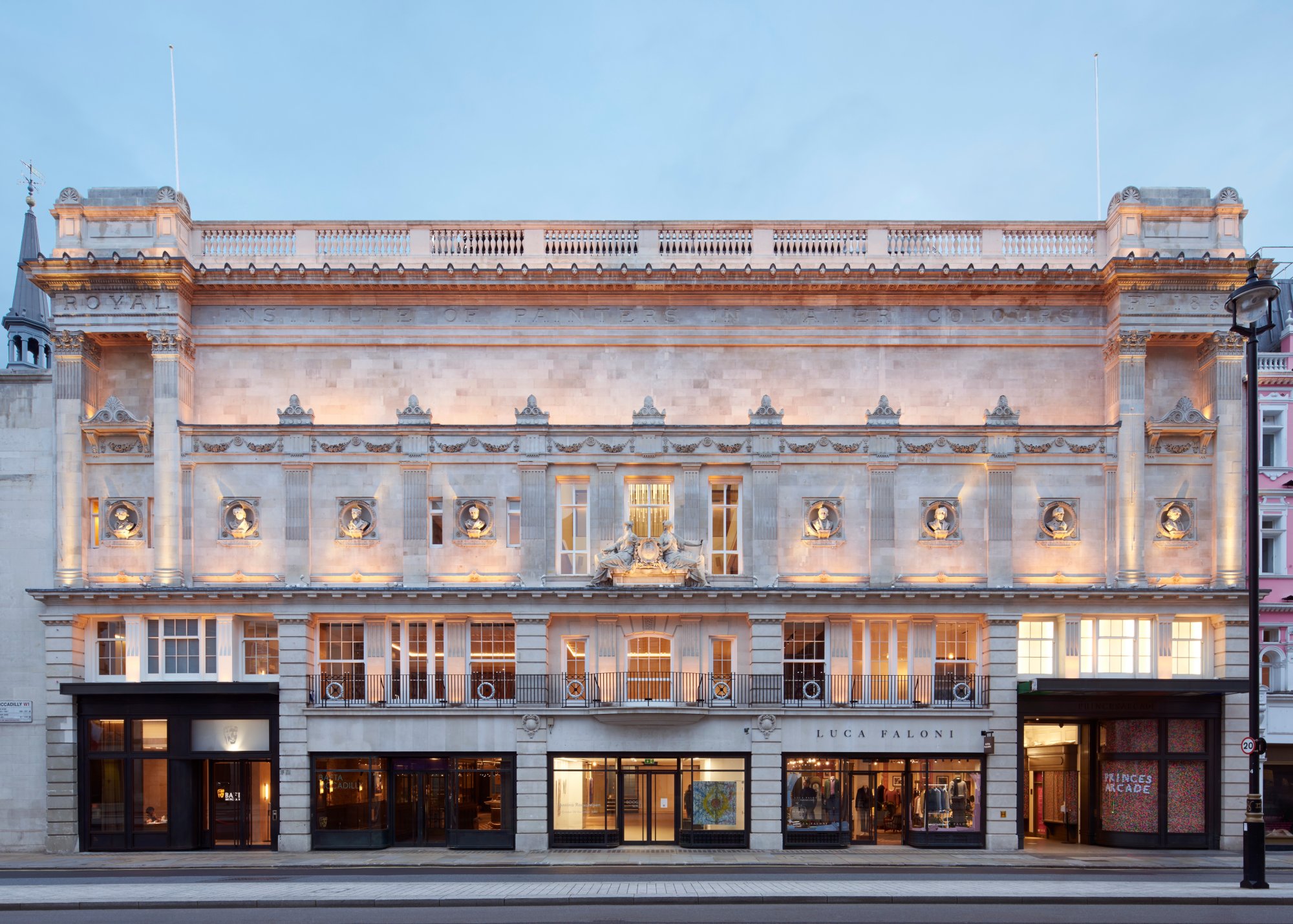
195 Piccadilly, the charity’s home since 1974, was built in 1883 as the Royal Institute of Painters in Water Colour (JMW Turner’s bust on façade), when snubbed by neighbouring Royal Academy. Its size, layout, and failing services severely limited BAFTA’s delivery of ever-widening charitable programs. A New Crown Estate lease beyond their 100th anniversary prompted commissioning Benedetti Architects as architects & interior designers. Funded by donations/reserves, BAFTA has no government subsidy.
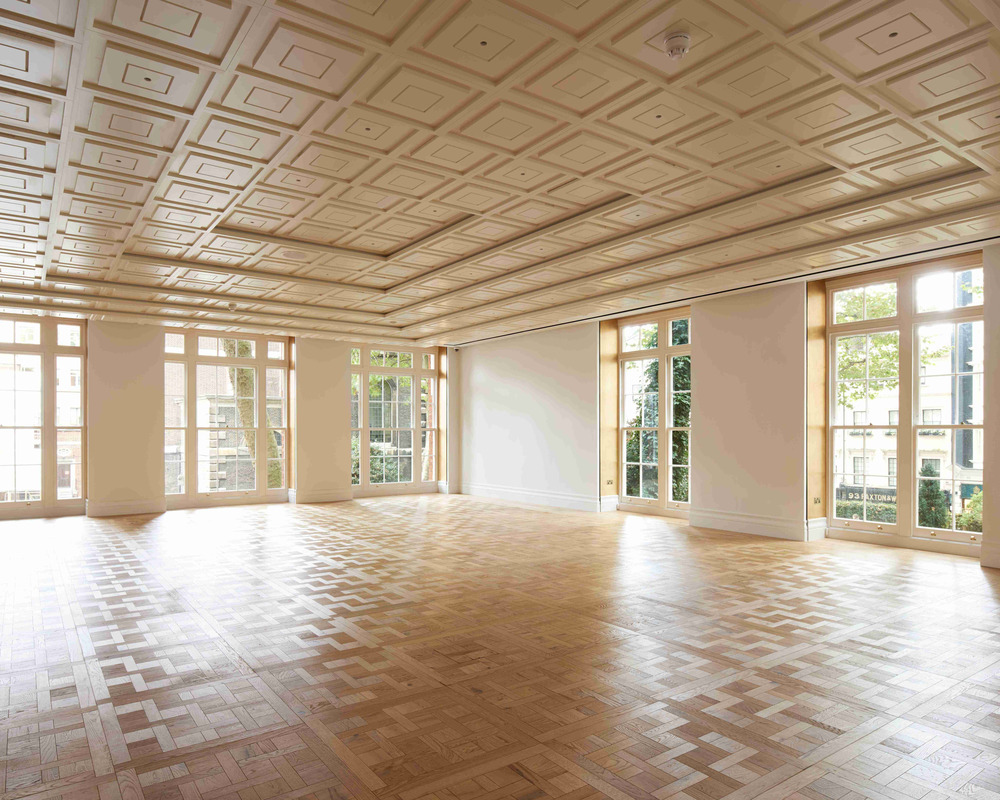

The 2,050m² listed building was tired, unfit-for-purpose, and expensive to run/maintain. Benedetti Architects’ design creates 2,465m² of state-of-the-art spaces with maximum flexibility, balancing the charity’s educational work with members’ needs and revenue. At its heart is the Learning and New Talent floor, core to the charity’s mission, enabling the inspiration, support, and training of diverse young creatives in Film/Games/TV.
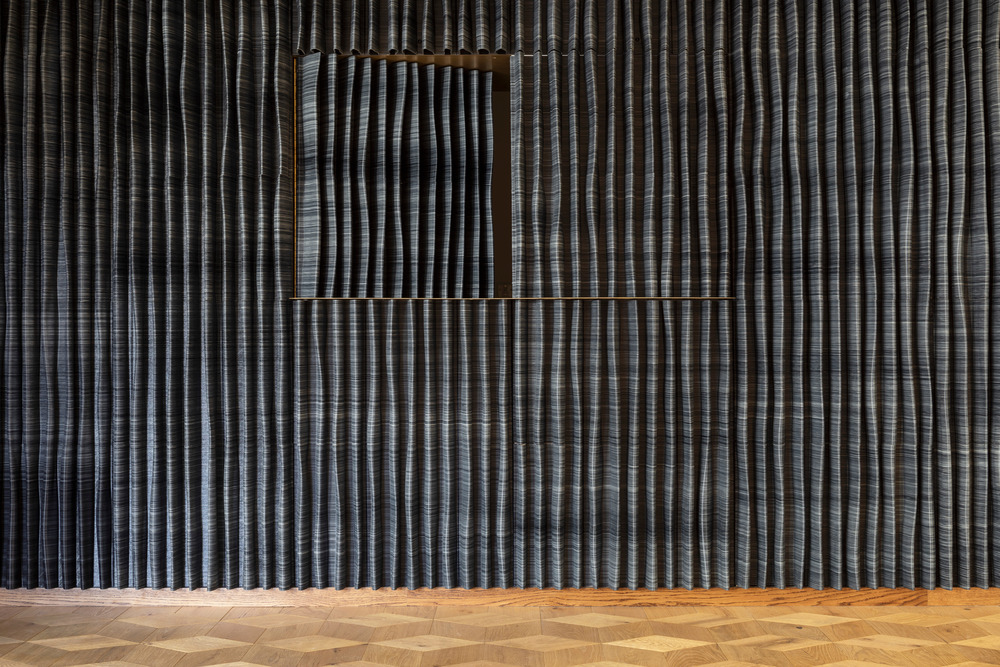

The design significantly increases usable area, doubling capacity and WC’s, with entirely new infrastructure, fire safety, energy performance, acoustics, thermal comfort, and useability. Unifying interior design enhances BAFTA’s unique character celebrating its historic assets of Benedetti Architects’ inventive re-working of various combinations of spaces, volumes, views, and sequential movement enables robust charitable/commercial adaptability with opportunities for theatrical reveals/special events, securing the charity’s long-term social and financial sustainability.
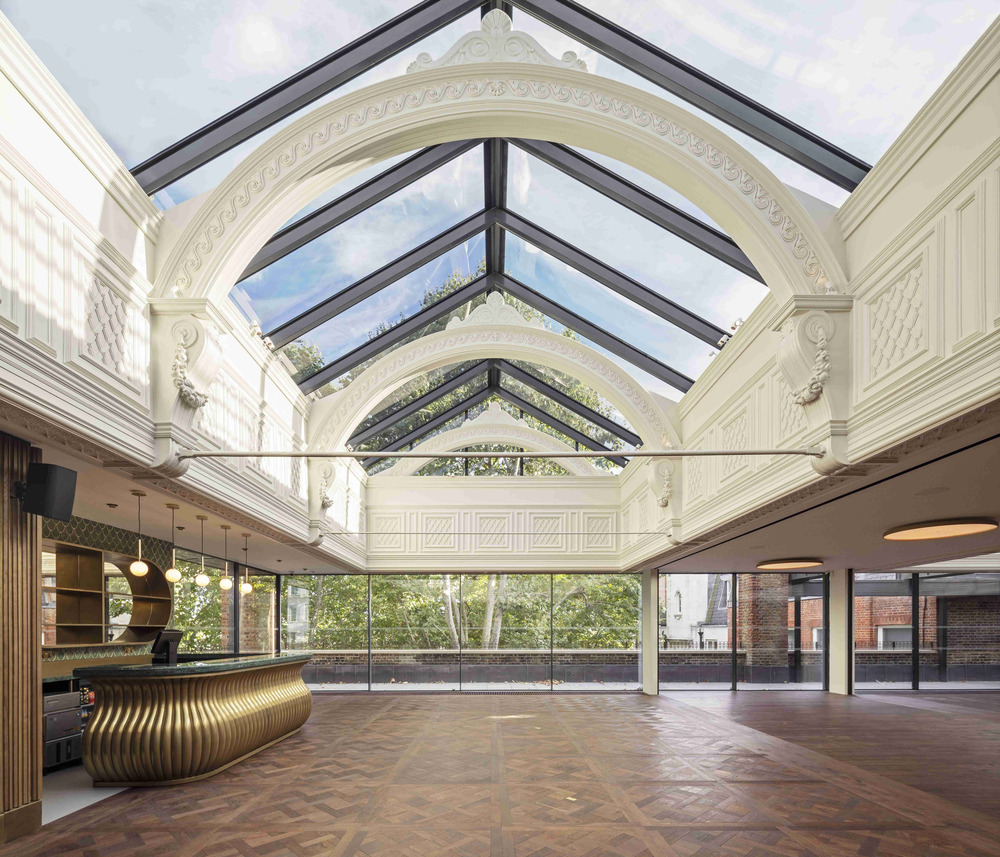

The most strikingly revelatory aspect of the design is a new top floor that restores/raises/re-integrates two huge 1883 Victorian rooflight spaces and decorative plasterwork, blocked for more than 40 years and considered lost. The historic plasterwork/structures, lifted 3m and enclosed with innovative high-performance ‘Eyrise’ smart glazing (first UK use), creates the new top floor with spectacular views over St James’s Church and garden. Another UK first-use is Benedetti Architects’ 3D-printed ‘wearpure.tech’ airborne-carbon reducing bar/screen, highlighting sustainability to young visitors on the Learning/New-Talent floor.
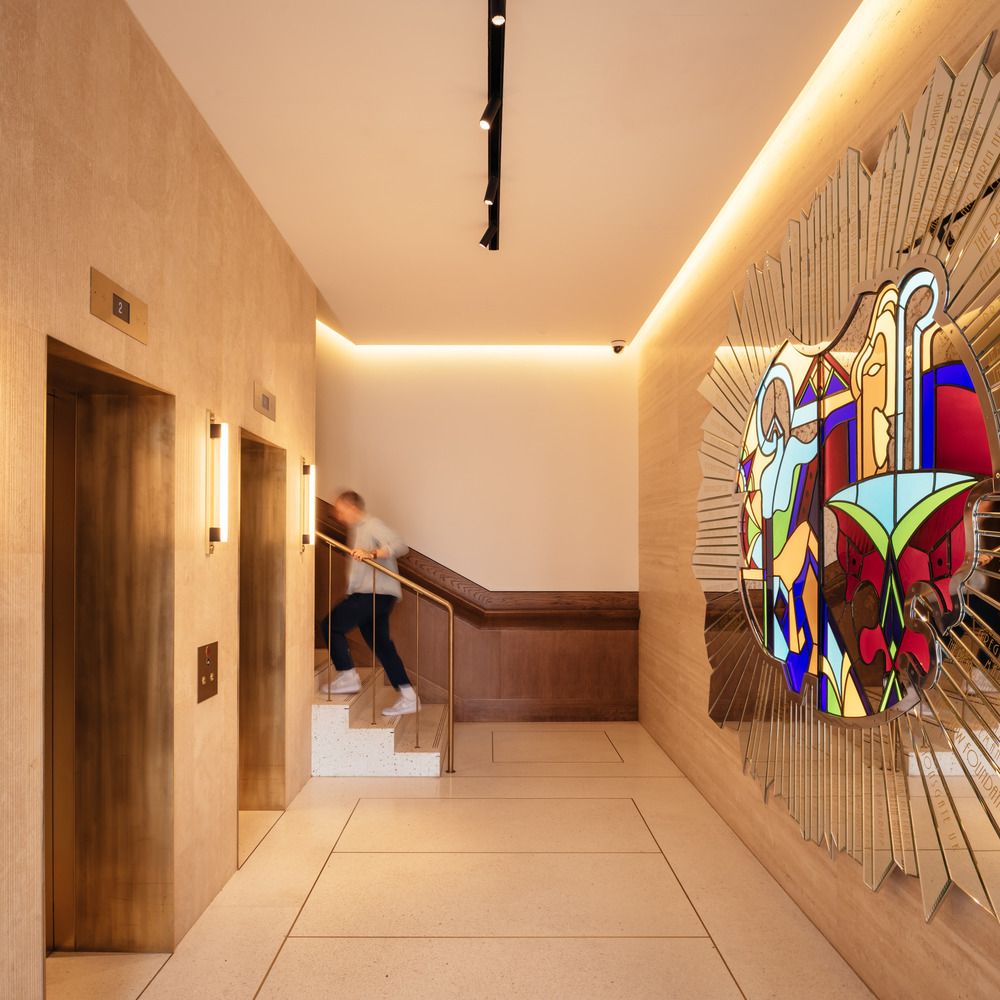

EPC benchmark rating improved “G” to “B”, with ±73% carbon reduction from ±155 to ±42 kg/CO2/m², thus saving ±292 tonnes of carbon/year.
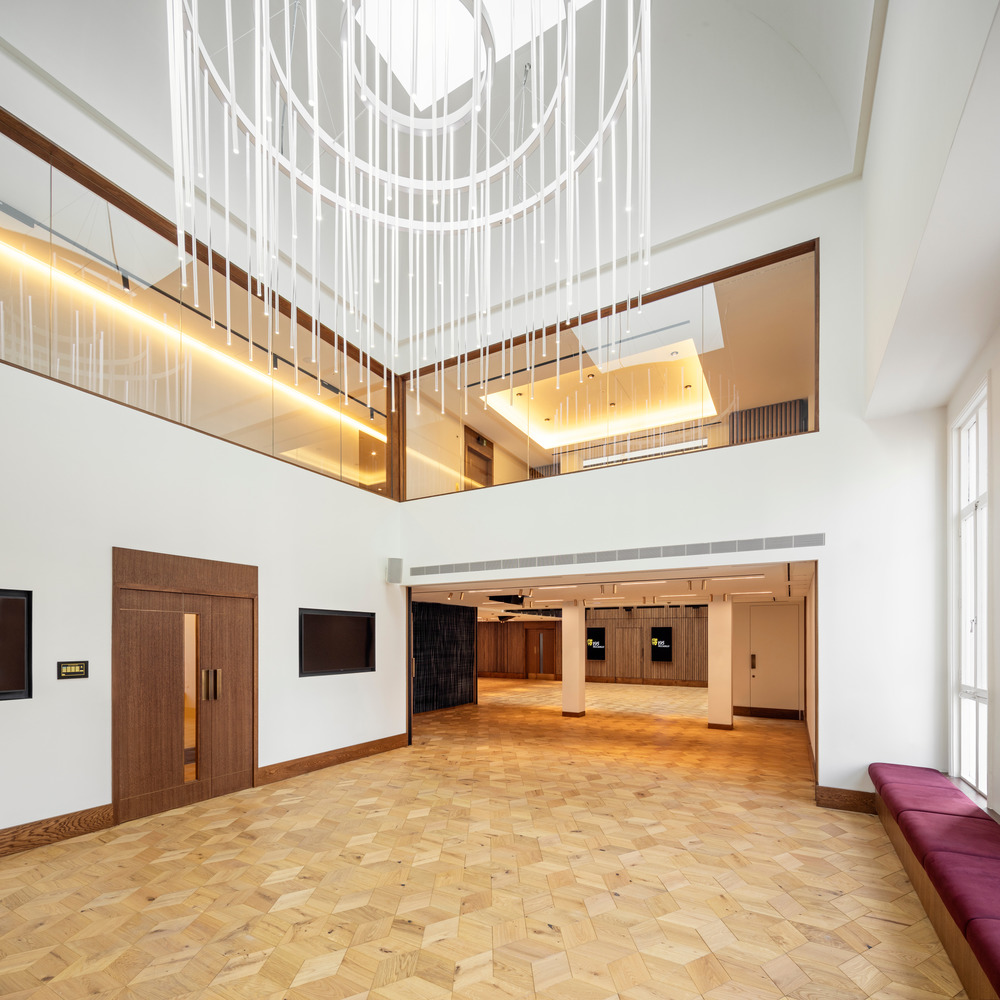

The project comprises spaces including the 227-seat Princess Anne cinema/theatre (with Dolby Atmos, ensuring it’s the UK’s finest), a new 41-seat cinema/theatre, banqueting hall, 4 kitchens, multi-purpose event/exhibition spaces, members’ bar/restaurant area, new skylit boardroom re-using historic materials found during construction, complementing our bespoke new table/chairs, judging/meeting rooms, staff welfare/offices, and new terraces overlooking Piccadilly and St. James’s Churchyard.
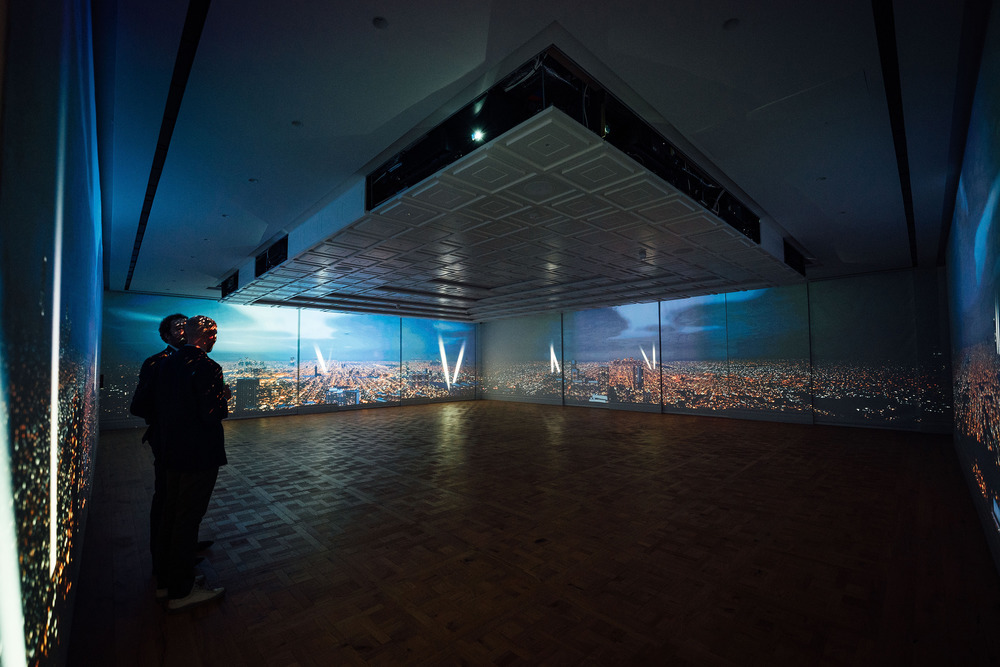

The project incorporates a pared-down palette of classic, durable, sustainably sourced materials in varying textures, highly crafted in a suite of bespoke detailing, increasing refinement on successive floors to top-floor ‘crescendo’.
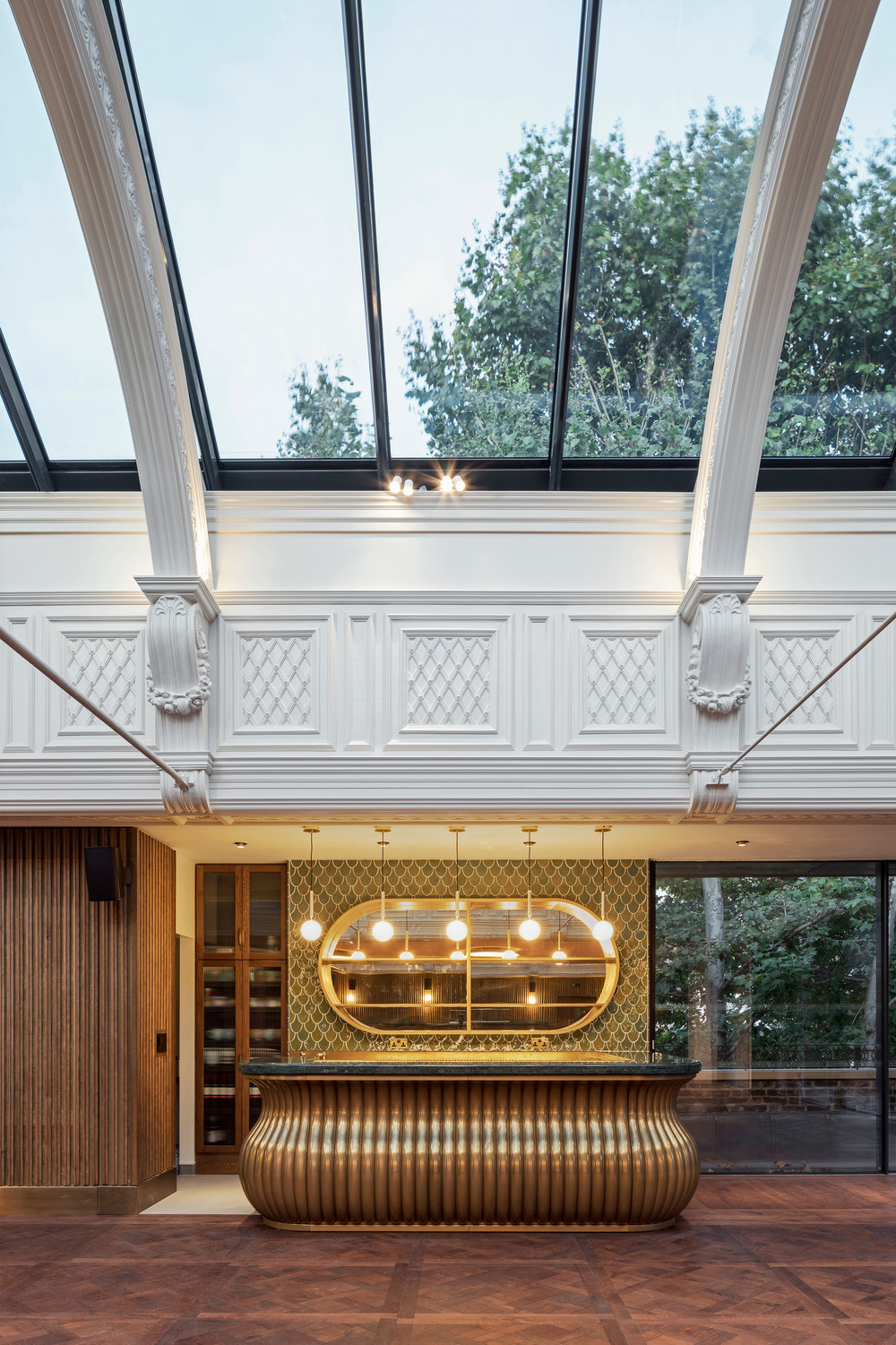

It also features futureproofing via robust flexibility, functionality, and financial efficiency, driving massive growth of learning/new-talent development programs, resulting in: ±10,000,000 learners/year engaged online, equipping ±80,000 people/year with tools for film/games/TV careers, and ±500/year talented individuals’ tailored support.
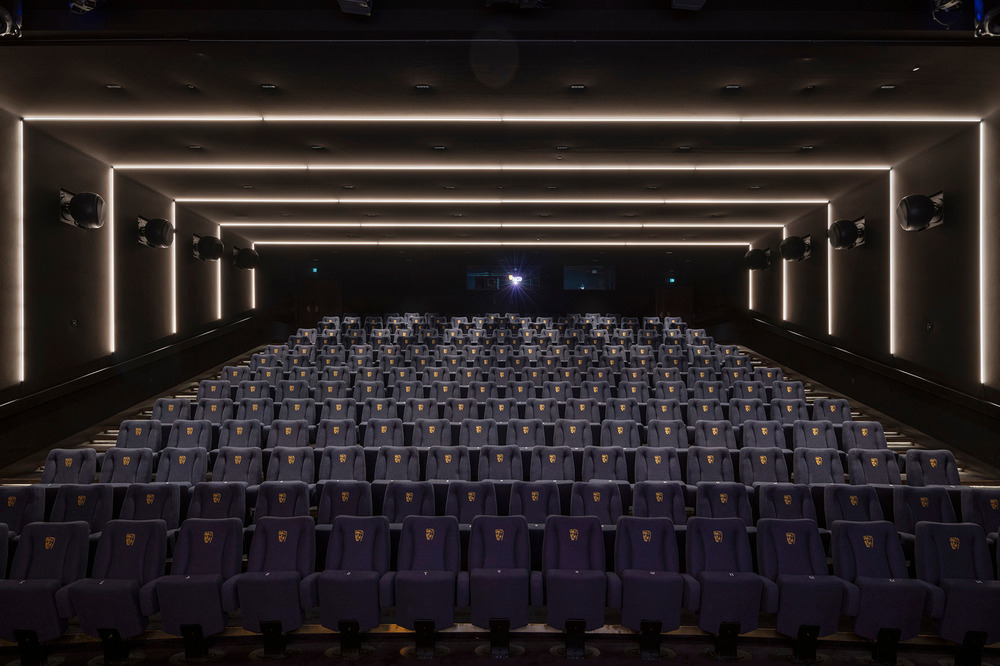

The project was completed through close collaboration with clients/consultants; partnering agreements with innovative firms like Dolby, Christie, Merck, Noumena, etc. and proactively engaged contractors during 2.5-years of construction through COVID-19. The £25 million project was successfully completed on time & budget in September 2021 for commissioning/training, with a public opening in January 2022.
